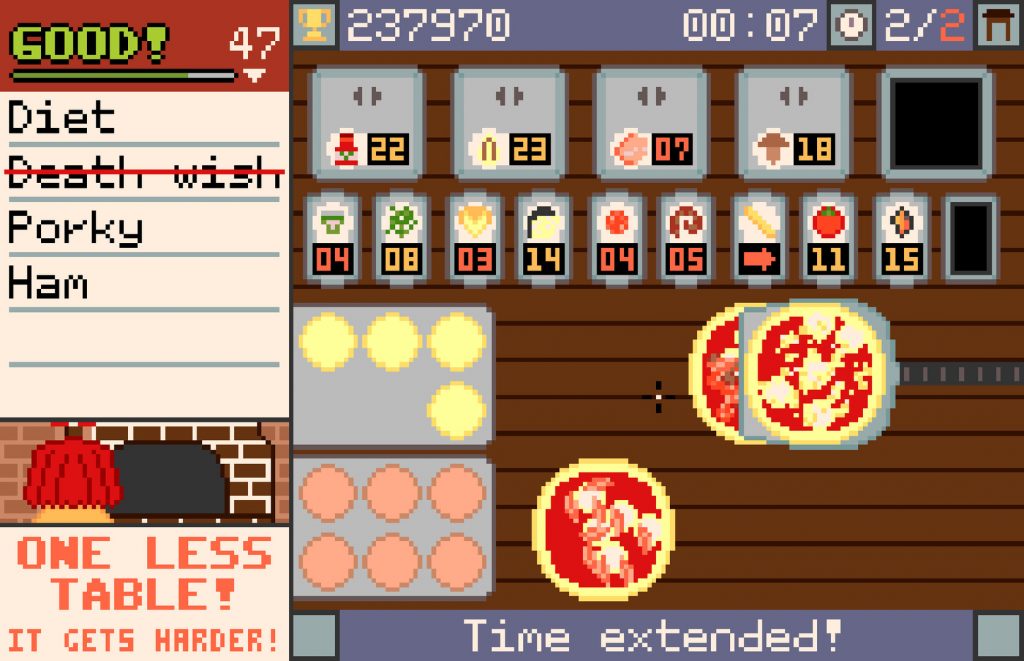Getting players to share your content can be a very tricky task. The bulk of it requires creativity, the ability to create content that is attention grabbing and interesting enough to share and make it go viral. Viral marketing can take a lot of time, effort, luck, and in some cases, money. For example, larger game studios have the budget to be able to create short animations surrounding the characters in a game.
Overwatch does this really well—they post animated shorts going into detail about the background and lore of characters in the game. Good graphics and art and a captivating story that enhances the lore of the game is quality content to get people thinking about your game even when they’re not playing. Graphics grab the attention of the player, and the story emotionally ties the player to the game character. This pulls the player to the game world and makes them want to share the content to their friends.
If you don’t have the budget for larger-scale productions like Blizzard does with Overwatch, you still have options to encourage sharing and building a community around your content. Images, GIFs, and videos are the media formats that get the most engagement on Facebook, Twitter, Instagram and other social media networks. Use them for every single post to enhance the way people engage with you.

Hashtags are vital to success, as using the correct hashtag can more than double your reach and community engagement. You should research and find the correct hashtags for your particular game, and you can also jump on the bandwagon of popular hashtags for gaming in general. Some to keep in mind: #indiegames #gamedev #steam #pcgames #gamedev. There are quite a few, so try mixing them up as you post throughout the week. You’ll need to figure out for yourself which hashtags are used the most and which ones stimulate maximum engagement for your game.
Remember to keep a goal in mind as well. If you’re looking to attract players already in the market for your Steam game, you’ll want to use the hashtags just mentioned. However, if your goal is to attract new players (i.e. pull new consumers to the industry and make the indie game market larger), you should use more general hashtags that relate to your game’s genre or art style such as #horror or #anime. Even a generic hashtag like #videogames can pull in fans. It’s important to note that you shouldn’t go hashtag-crazy: use just one to three hashtags per post!

An easy way to get players to share your content is to keep up with the latest trends. Take Twitter for example: On the left-hand side of the main page, you can see the latest hashtag trends. Try to use them to your advantage! Keep in mind that not all posts need to be relevant to solely your game (although if you can make it relevant that’s great!).
I’m sure everyone noticed the amount of businesses that took advantage of the #PokemonGo fad—everyone from restaurants to radio stations to police stations to nature parks was using Pokemon Go to generate awareness. Use trends like these to increase awareness of your brand and studio to attract people to your page and game.

If you take a look at IGN and any of their social media accounts, you’ll notice that they grasp at any and every opportunity to jump on the latest trend whether it be a new movie, popular show, a viral video, a holiday, or something big in the news. For example, if a new movie about the Italian Mafia comes out and uses a hashtag for promotion, and your game is about a pizzeria, maybe you can use the movie hashtag and come up with some funny posts tying you into the mafia world!
Experiment and create content related to anything that happens to be popular at the moment, even if it has little to do with your service or business. This tactic will raise awareness of your brand and make it relatable to social media users who keep up with the latest trends.
Another method to get players to share your content is to create relationships with them by interacting on social media. By liking, retweeting, commenting, and mentioning others (especially on Twitter), you increase the chance that they will do the same for you. By mentioning and commenting on more popular accounts such as Twitch streamers, YouTubers, and journalists, you’ll potentially be seen by all the people that follow them as well.

Just be careful not to spam them or post overly desperate messages. It’s not a good idea to annoy a major influencer in the industry! You should seek to contribute to the “social” aspect of social media. Being a part of social media groups especially on Facebook and LinkedIn also allows you to reach a community who may be interested in what you have to say.
By following these practices you’ll have a better chance of getting your content shared by fans. Don’t feel discouraged if your posts do not get very much engagement at first. It takes time and dedication to build a name for yourself and get noticed by the masses. With consistency and experimenting until you find what works, your content will gain more traction. The marketing environment and societal trends are constantly changing, so be responsive to these changes.

